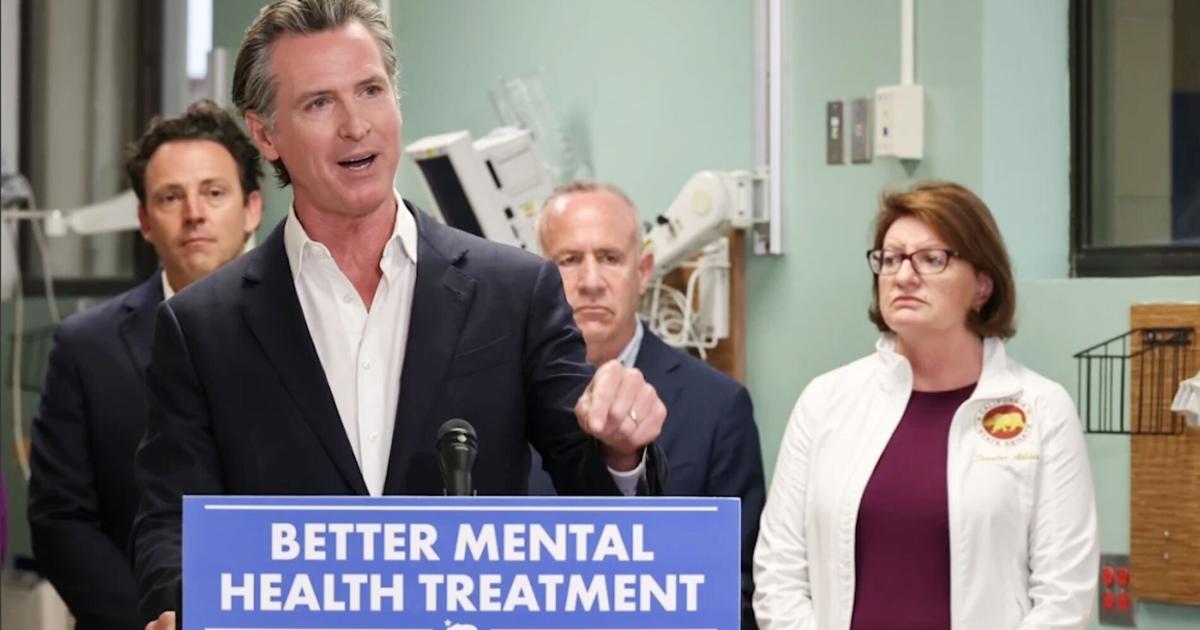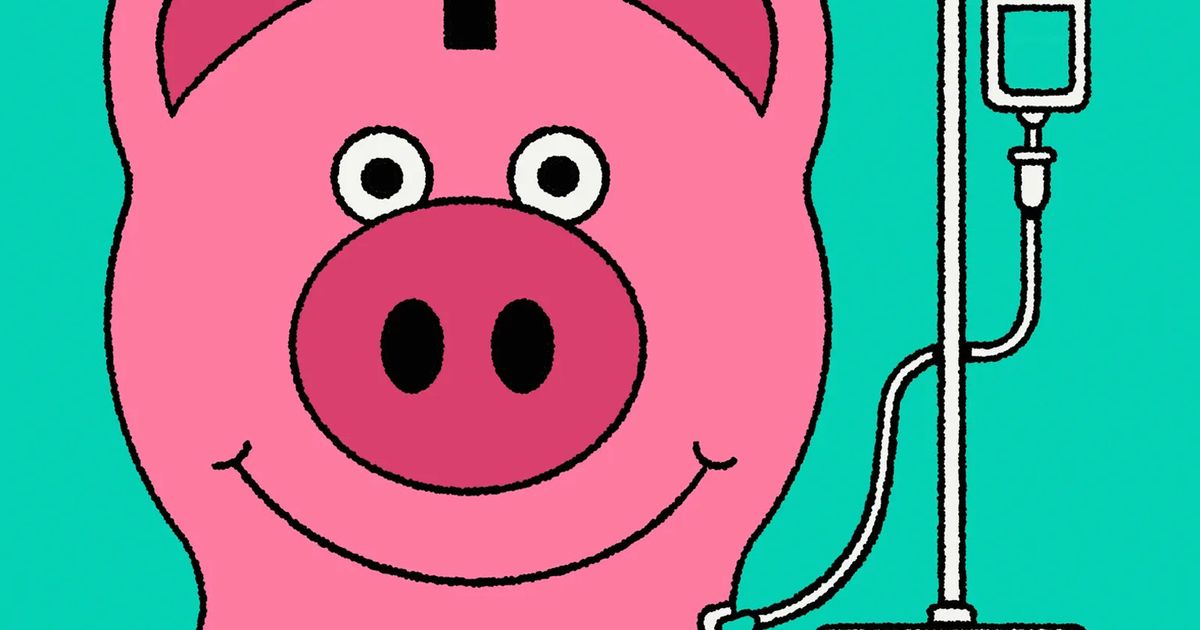Newsom’s mental overall health prepare will acquire $720M | Regional Information
Lita August 2, 2023
A key proposal from Gov. Gavin Newsom to overhaul the state’s behavioral and psychological well being program is probably to consider virtually $720 million away from solutions supplied by county governments yearly, according to a new evaluation from the Legislative Analyst’s Office environment.
While that cash would be reallocated inside the system, in section to house homeless individuals with serious mental ailment and addiction conditions, the report authors take note that Newsom and crucial legislators supporting the proposal have neither offered a full justification for the changes nor have they revealed an investigation on how the alterations may perhaps “negatively effect present solutions.”
“Consequently, as the Legislature considers the proposal, we advise inquiring the administration specified inquiries to evaluate no matter whether the proposal is warranted,” the report states.
Newsom wishes the Legislature to set his proposal ahead of voters future 12 months in tandem with a $4.68 billion bond evaluate to insert psychiatric cure beds. It would adjust how the condition allocates cash underneath the Psychological Health and fitness Companies Act, which levies a 1 per cent tax on income higher than $1 million to fund behavioral well being solutions.
Homelessness has turn into a single of the most higher-profile difficulties plaguing California, escalating 32 percent in the earlier 4 decades. Newsom, who promised to minimize homelessness, introduced his intent through his Point out of the Point out tour to divert just about one particular-3rd of the state’s Psychological Health Services Act money to support address homelessness.
Since that time, neighborhood behavioral well being suppliers and county officers have criticized the proposal since of its likely to minimize providers and pit psychological health and fitness applications in opposition to homeless solutions. The point out has expended additional than $20 billion on housing and homelessness due to the fact 2018.
Supporters, meanwhile, say reprioritizing how the dollars is spent is extended overdue in light of the developing requirements of the state’s homeless inhabitants as properly as the addition of new funding sources for psychological well being systems.
In a assertion, Newsom’s Deputy Communications Director Brandon Richards claimed “upsetting the standing quo” was vital in mild of California’s altering overall health care requirements.
Mental overall health requirements among the California homeless
A new research from UC San Francisco uncovered that two-thirds of homeless persons expertise mental wellness disorders, whilst money loss is the driving power driving the state’s homelessness crisis.
“What’s much more upsetting is watching people today keep on to undergo on the streets with ineffective interventions and incapability to obtain a great deal required treatment,” Richards reported. “A California behavioral wellness technique of care that is a lot more focused, more transparent, and more accountable for effects is what all Californians should have and what this historic reform aims to reach.”
Around a single-3rd of the county psychological health infrastructure in the condition is supported by the Psychological Wellbeing Products and services Act, which was accepted by voters in 2004 as a ballot initiative. Substantial modifications to the act, like the types Newsom proposed, require voter approval. Final year the tax produced about $3.8 billion.
Critics of Newsom’s proposal say the new investigation bolsters their argument that the improvements will end result in substantial cuts to present courses, specially those people that assist youngsters.
Newsom’s workplace has so considerably “danced around” how a great deal revenue would be lower, reported Adrienne Shilton, a lobbyist for the California Alliance of Children and Household Companies, which signifies behavioral health vendors in each individual county. The report is the to start with to quantify how the proposal would impact courses statewide.
“We’re observing in true dollars what the affect would be,” Shilton reported.
The examination estimates expending on current systems would be reduced from $1.34 billion to $621 million underneath the prepare.
Housing revenue in Gavin Newsom’s strategy
The report recognized a quantity of important variations and unanswered thoughts for the Legislature to contemplate in Newsom’s strategy:
Lessened flexibility: Counties would have significantly less adaptability to establish how money is used. Centered on recent expenditures, counties would be required to maximize paying out on housing by $493 million and on “full-provider partnerships” by $121 million. “Full-service partnerships” involve intense wraparound companies like situation administration, housing and work assist as nicely as scientific care.
Software cuts probably: In buy to fulfill paying out targets and caps, counties would possible require to lessen investing on latest applications including “outpatient products and services, disaster reaction, avoidance services, and outreach.”
Fewer impartial oversight: The proposed restructuring moves much of the system implementation and oversight authority to the Department of Wellness Care Providers. The alter “significantly limits” the independent oversight of the existing Mental Wellness Providers Oversight and Accountability Fee.
Sacramento Mayor Darrell Steinberg, who served creator the original law and who has been a essential supporter of the alterations, said the law was often meant to prioritize “the plight of individuals residing with major mental ailment on our streets.”
“It’s appropriate, in truth, it is important to set priority status,” Steinberg said.
Steinberg and Newsom’s workplace also contend that the state has invested intensely in the psychological overall health protection net in other methods, which include alterations to the Medi-Cal program and a $4.4 billion a single-time infusion into the Little ones and Youth Behavioral Wellness Initiative.
“It’s no more time a funding supply that stands by itself,” Steinberg said. “(Now), the option is to weave all these items together so that anyone has accessibility to treatment, and no one is remaining out or still left guiding.”
Continue to, advocates say it is untimely to think these investments have experienced a favourable affect and that lots of have not but been executed. In an opposition letter, Lishaun Francis, senior director for behavioral health at Little ones Now mentioned the state “has but to show that it has delivered” on its guarantees and that the proposal deprioritizes small children and youth.
Advocates also say these funding sources, particularly Medi-Cal, won’t reimburse for the non-clinical programs like classroom interventions and relatives useful resource centers that have traditionally been supported by the Psychological Wellbeing Solutions Act. Medi-Cal is the state’s health and fitness insurance coverage application for incredibly very low-profits Californians.
“Families need versatility,” stated Christine Stoner-Mertz, chief government officer of the California Alliance of Little one and Family Solutions. “We want group-designed practices, and we have not been profitable in executing that with just Medi-Cal.”
CalMatters.org is a nonprofit, nonpartisan media enterprise conveying California procedures and politics.







